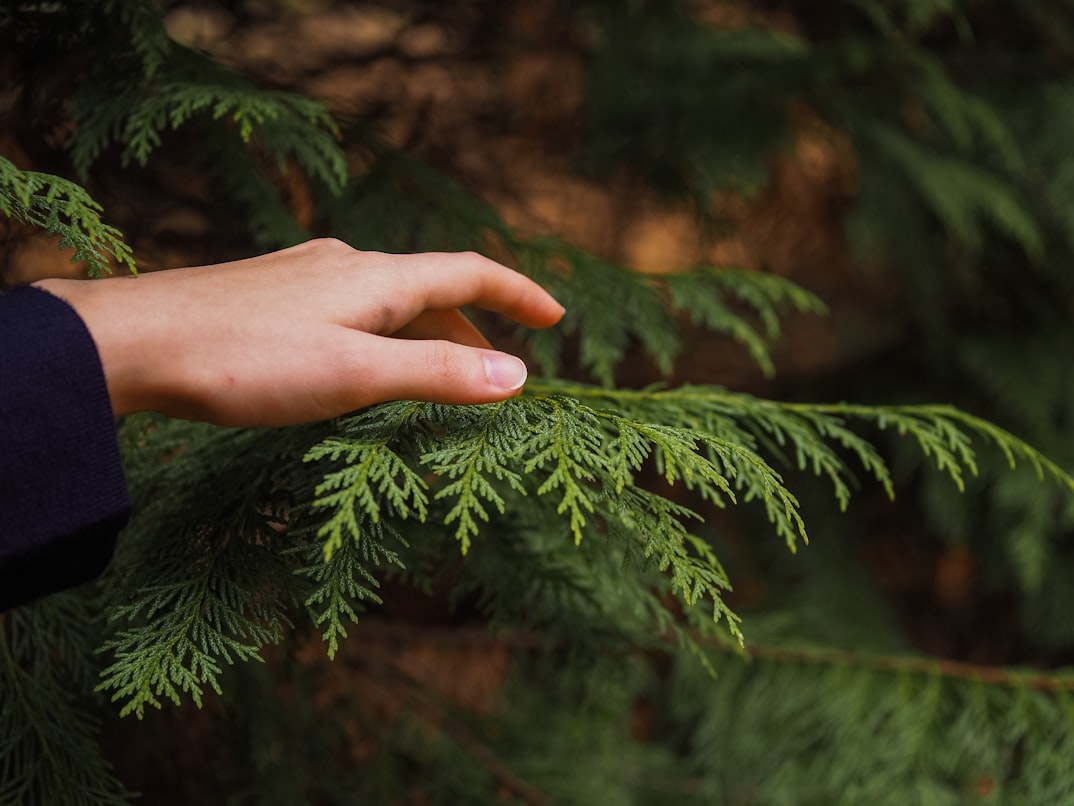Thuja trees stand tall as evergreen guardians of beauty and privacy. These resilient and versatile trees have become a staple in gardens and yards, providing a lush backdrop and natural fence.
However, the journey of a Thuja tree from a mere sapling to a thriving addition to your garden involves a meticulous process. This blog will take you behind the scenes and explore the fascinating journey – from its early days in the nursery to its eventual place in your garden after you shop a Thuja tree.
1. The Nursery Stage – Birthplace of Thuja Saplings
Every Thuja tree has its humble beginnings in a nursery, where skilled horticulturists work diligently to cultivate healthy saplings. The process begins with carefully selected Thuja seeds or cuttings, ensuring the genetic integrity of the tree.
Nurseries provide the ideal environment for germination, with controlled temperature, humidity, and nutrient-rich soil. As the saplings grow, regular monitoring and pruning encourage a strong and well-balanced structure.
2. Growing Pains – The Early Years of a Thuja
Once the Thuja saplings reach a certain size, they are ready to face the great outdoors. The transition from the nursery to an open field can be challenging as the young trees adapt to changing weather conditions and natural elements.
During this stage, proper care is crucial to ensure Thuja's healthy development. Watering, mulching, and protection from pests become top priorities, helping the trees build resilience and strength as they mature.

3. Forming the Perfect Shape – Pruning and Training
Thuja trees are famous for their symmetrical and well-defined shapes, which is a result of careful pruning and training. Skilled arborists take on the task of shaping the trees, removing unwanted branches, and encouraging lateral growth.
This process enhances the aesthetic appeal of the Thuja and contributes to its overall health. Pruning helps maintain an open canopy, allowing sunlight to penetrate and promoting air circulation.
4. Rooted in Quality – Soil and Nutrient Management
A healthy root system is the foundation of any thriving Thuja tree. Nurseries and growers pay close attention to soil quality and nutrient levels to ensure optimal root development. Well-draining soil that retains moisture without becoming waterlogged is essential for Thuja trees.
Additionally, a balanced fertilizer regimen provides the necessary nutrients for robust growth. This meticulous approach to soil and nutrient management ensures that the Thuja trees are well-prepared for their journey to your garden.
5. Journey to Your Local Garden Center – Transportation and Display
Once the Thuja trees reach a suitable size and maturity, they embark on a journey to local garden centers. Transportation is a critical phase as experts load, secure, and ship the trees to their destination.
Upon arrival, they expertly display the Thuja trees, creating an inviting and aesthetically pleasing showcase for potential buyers. Garden center staff plays a crucial role in educating customers about the specific care requirements and benefits of Thuja trees, helping them make informed decisions for their gardens.

6. Thriving in Your Garden – Planting and Care Tips
The final leg of the journey occurs when you bring a Thuja tree home and plant it in your garden. Proper planting techniques, watering schedules, and ongoing care are vital to ensure the tree thrives in its new environment.
Thuja trees are generally hardy, but attention to detail during the initial planting and early growth stages significantly contributes to their long-term success. This section provides valuable tips for homeowners, guiding them on how to care for their Thuja trees and enjoy the beauty they bring to their outdoor spaces.
7. Disease Resistance – Safeguarding the Thuja Tree
The journey of a Thuja tree also involves safeguarding it against potential threats. Nurseries and growers employ preventive measures to protect these trees from common diseases and pests.
Regular inspections, proper sanitation practices, and the use of disease-resistant cultivars contribute to the overall health of the Thuja trees.
8. Sustainable Practices – Eco-Friendly Thuja Cultivation
In an era where sustainability is paramount, Thuja tree cultivation has evolved to incorporate eco-friendly practices. Many nurseries prioritize sustainable methods, including water conservation, organic fertilizers, and responsible waste management.
Thuja growers align their practices with environmental consciousness, making it possible for you to choose trees that contribute positively to the ecosystem.

9. Seasonal Considerations – Navigating the Elements
The changing seasons influence Thuja trees, like all living organisms. From the warmth of spring to the chill of winter, each season brings unique challenges and opportunities. Nurseries carefully time their cultivation activities to align with the natural growth cycles of the Thuja.
Growers adapt their techniques based on the seasons, ensuring that the trees are well-prepared for the environmental conditions they will face throughout their development.
10. Continuous Improvement – Research and Development
The journey of a Thuja tree is not static. It is an ongoing process of refinement and improvement. Nurseries invest in research and development to enhance the traits of Thuja varieties continually. This includes developing cultivars with unique characteristics, better disease resistance, and superior aesthetics.
Growers contribute to the availability of diverse and high-quality Thuja trees for garden enthusiasts by staying at the forefront of horticultural innovation.
Shop Thuja Trees Right Here!
Transform your garden into a haven and buy Thuja trees online from Thuja Gardens. Discover the journey from nursery to your garden and bring home these resilient evergreens. Enhance privacy, add natural beauty, and enjoy the rewards of a thriving landscape. Elevate your outdoor space – shop at Thuja Gardens today!

